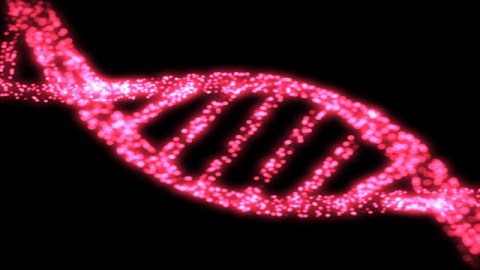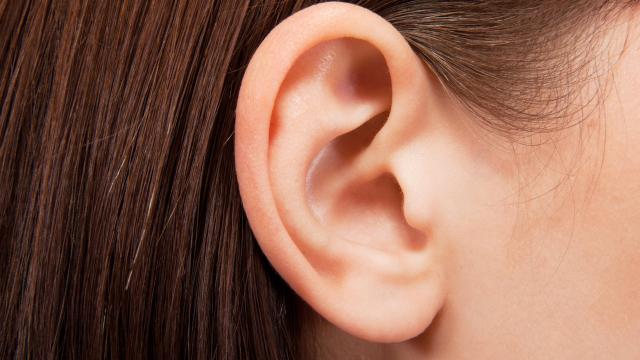The secrets of RASopathies

What secrets might one single biological pathway be harboring?
The RAS family of proteins have a unique role. They act as a sort of relay, an on/off switch, if you will, in the cell. As RAS is activated by incoming signals, it turns on other proteins and genes involved in cell development and cell differentiation. Given this rather grand position in the cell, you can imagine that problems with RAS can lead to a wide variety of issues. To date, dysregulation in the RAS pathway have been linked to debilitating disorders like autism, cancer, Noonan syndrome, Costello syndrome and Neurofibromatosis.
“RASopathies” are a family of nine genetically related development syndromes and disorders. They have some overlapping symptoms as well as mutations of genes within the RAS signaling pathway. But have you heard of RASopathies? Many haven’t–despite the fact that they are the largest group of related neurodevelopmental syndromes in the world. Some clinicians have suggested that RASopathies may be even more common than Down syndrome.
One little protein. One single pathway. A lot of interesting tales to tell.
Researchers across the globe are trying to understand RAS (and its associated gene)–and how and why it can hold such power over development. They are looking for successful treatments to help children who have disorders like Noonan and Costello syndromes. And they hope that the secrets in this one signaling pathway may offer insights into the development of other diseases like cancer and heart disease. But without more outreach (and, of course, funding), they aren’t going to get very far.
Given the importance of RAS signaling, why aren’t we hearing more about it? Maybe we should be.
Certainly, the parents of children with RASopathies believe the larger community should be. They are working hard on outreach, maintaining large online support groups for fellow parents as well as research and information websites. But they can’t do it alone.
One gene. One protein. One pathway. Many, many secrets. It’s time to get a better handle on RASopathies.
To learn more about RASopathies and Noonan Syndrome–or to find ways to get involved–visit the RASopathies Foundation or the Noonan Syndrome Community.
Photo credit: wavebreakmedia/Shutterstock.com





